Category: Fishing
-
Free Fishing Day in Texas Scheduled for June 1
AUSTIN – The Texas tradition of Free Fishing Day returns this Saturday, June 1, at public waterways across the state. Each year on the first Saturday in June, Texans and our visitors can pack their tackle boxes, get their fishing poles ready and go fish on any public waterway in the state without a fishing…
-
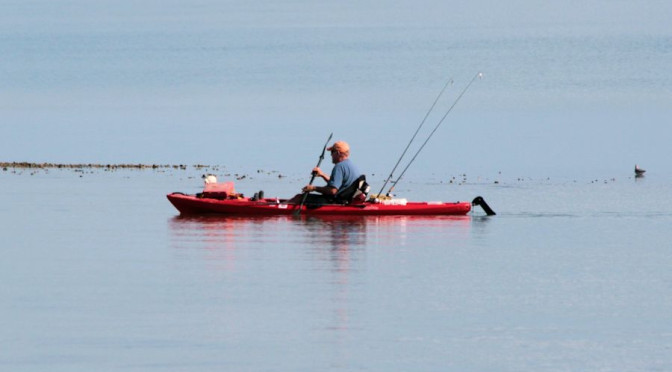
New Texas Paddling Trail Opens on Oso Bay
News Release CORPUS CHRISTI – Texas Parks and Wildlife Department (TPWD) is opening a new paddling trail on Oso Bay in Corpus Christi. The Ron R. Smith Memorial Paddling Trail, the 82nd official Texas paddling trail, is named in memory of TPWD biologist Ron Smith. He was a founding member of the Texas Paddling Trails team…
-
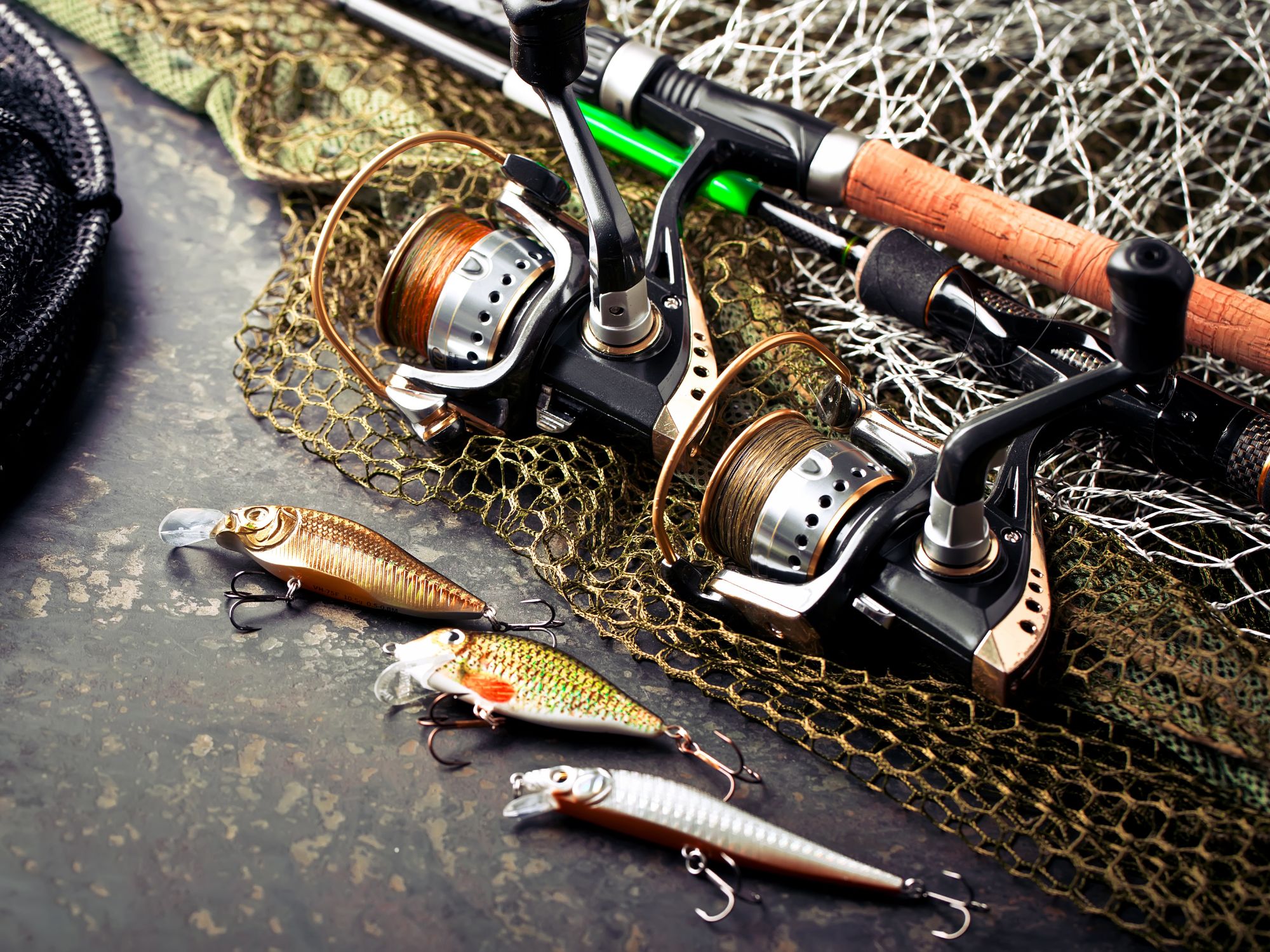
How Lightning Can Affect Your Fishing Game
Enhance your safety and fishing knowledge by finding out how lightning can affect your fishing game. Keep your fishing trips safe, fruitful, and fun.
-

How To Set Up Your Financials To Buy a Farm
Looking to buy a farm? Don’t start the process without some preparation. Learn how to set up your financials to buy a farm in this quick guide.
-
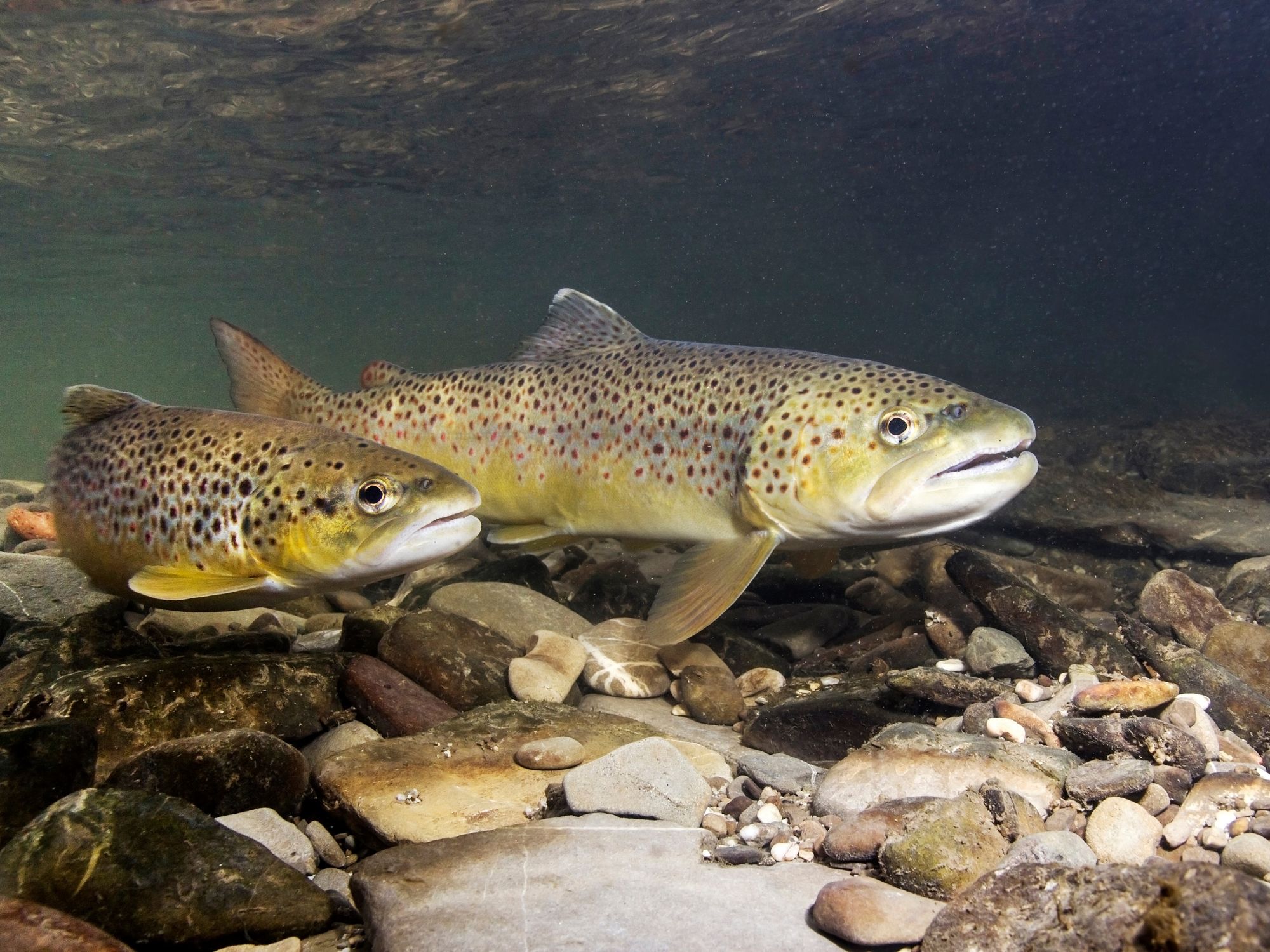
The Best Freshwater Fish To Catch at Night
Discover the thrill of night fishing and learn the five best freshwater fish to catch under the moonlight for an unforgettable angling experience.
-
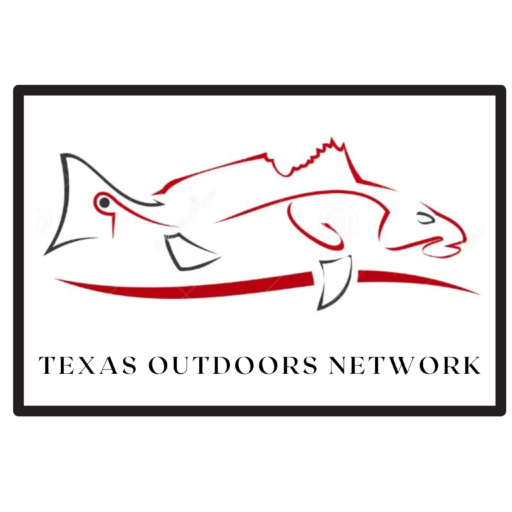
H-E-B | Our Texas, Our Future Films: Redfish Revival
This is a really cool short film about the redfish recovery efforts in Texas. Our Dad, Glen Coker, was involved in this fight and I recall him going to Austin to meet with state representatives. My parents owned Portland Marine at the time and the commercial fishermen were not happy about the new regulations. We…
-
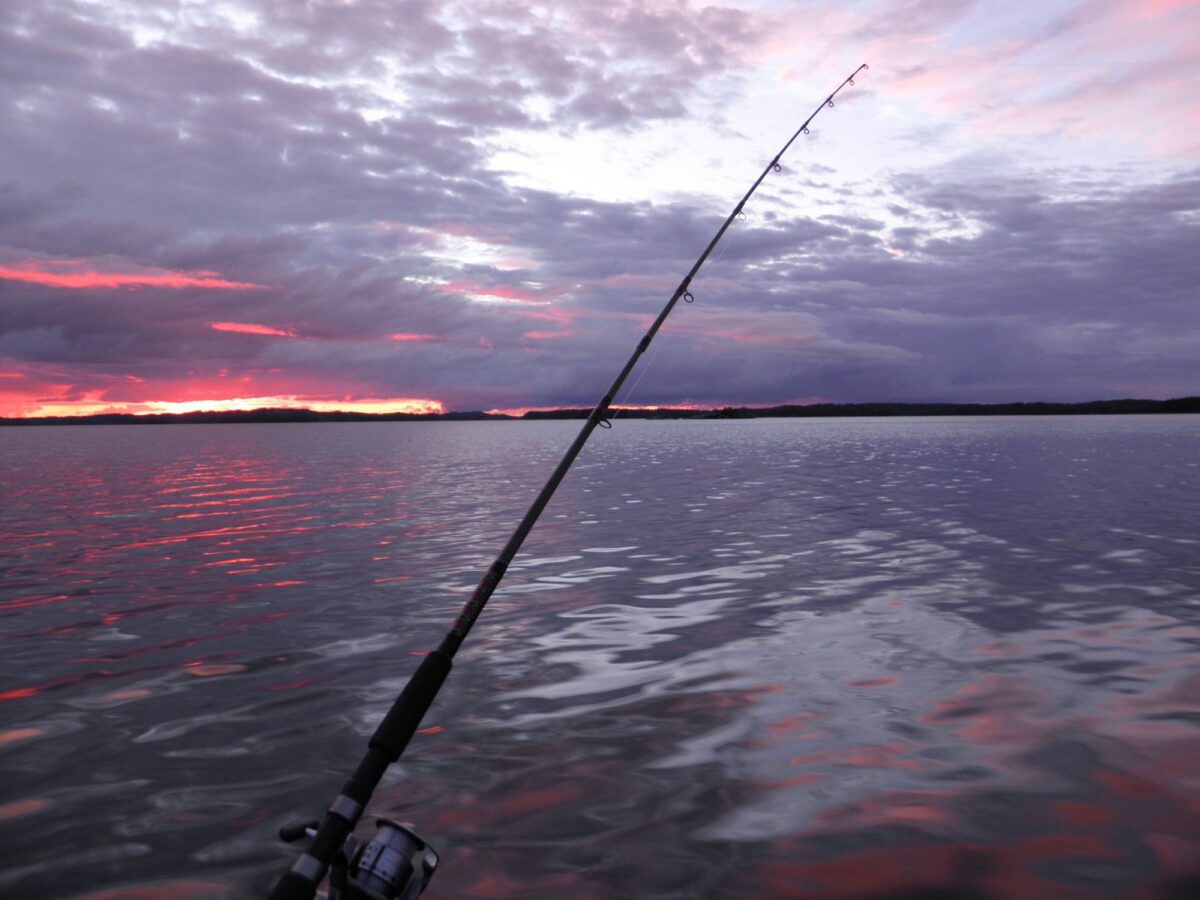
4 Tips for Avoiding Crowds While Fishing
Discover ways to avoid crowded fishing spots in Texas for a serene, rewarding experience. Explore off-peak times, alternative methods, and less popular seasons.
-
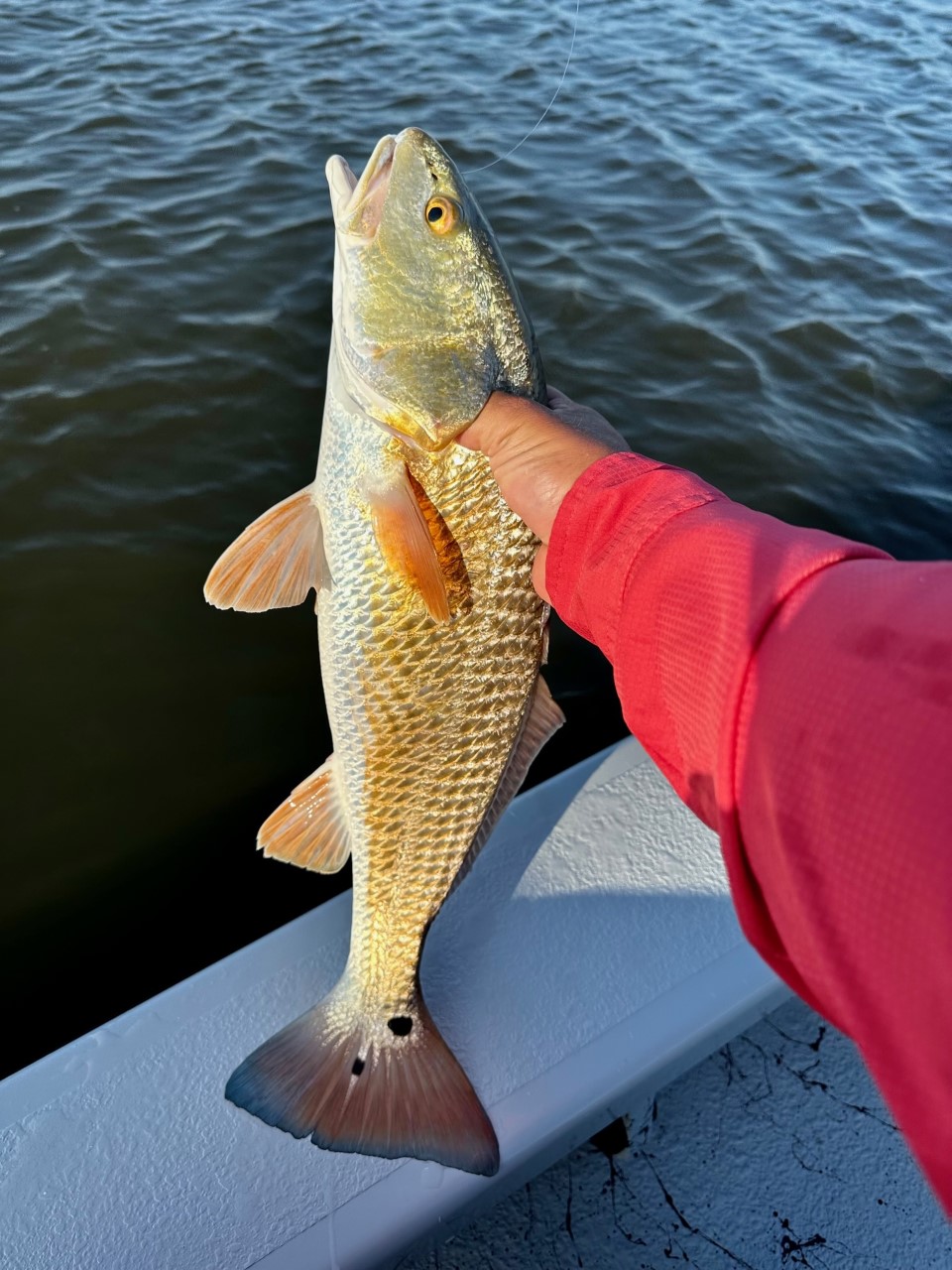
Coker Boys fish Matagorda back lakes
We love fishing the back lakes of Matagorda Island for trout and redfish. Typically, we start off fishing the shorelines with top-waters. My personal favorite is a bone Super Spook Junior. As the day heats up, we either wade out to deeper water or set up on the cuts and drains. Typically we change out…
-
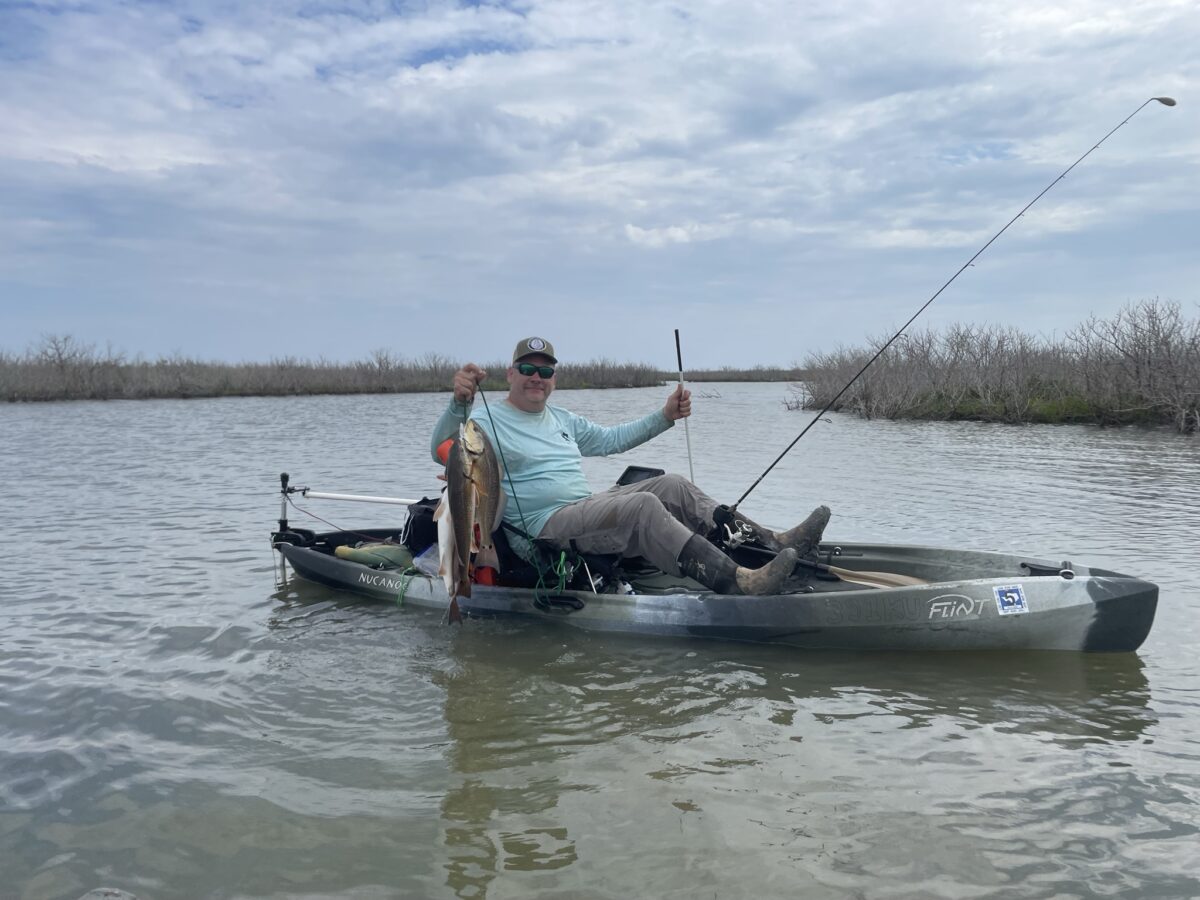
Kayak Fishing Redfish in Seadrift
We had another successful fishing trip to the Seadrift area. The Seadrift and Port O’Connor bay systems hold endless possibilities – reefs, marshes, jetties, with endless islands and shorelines. Charles suggested taking his kayaks and using our Gulf Coast as a mothership. So, we loaded up and headed out at sunrise. We hooked up a…
-

Seadrift, TX. Sight Casting 4/28/23
We are back at it on our home waters of Seadrift, and done with Port Mansfield Winter fishing. It was a great season down south, we had a lot of good weather days on the water and with that a good number of 4-7# trout. It seems that system is continuing to recover nicely. In…
-
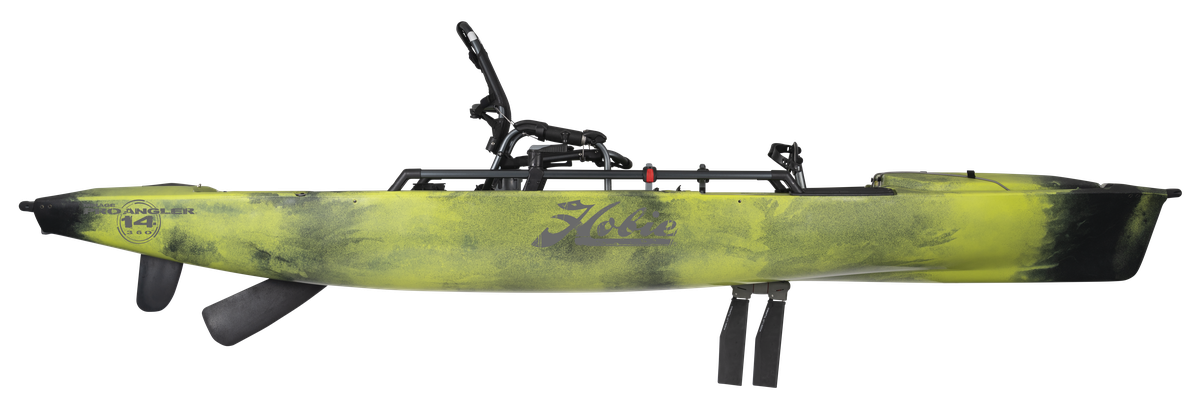
How to choose a kayak for fishing
Kayak fishing is a great way to get out on the water, explore new areas, and catch some fish. However, choosing the right kayak for fishing can be a daunting task. There are so many options available, it can be difficult to know where to start. In this blog post, we will compare and contrast…
-
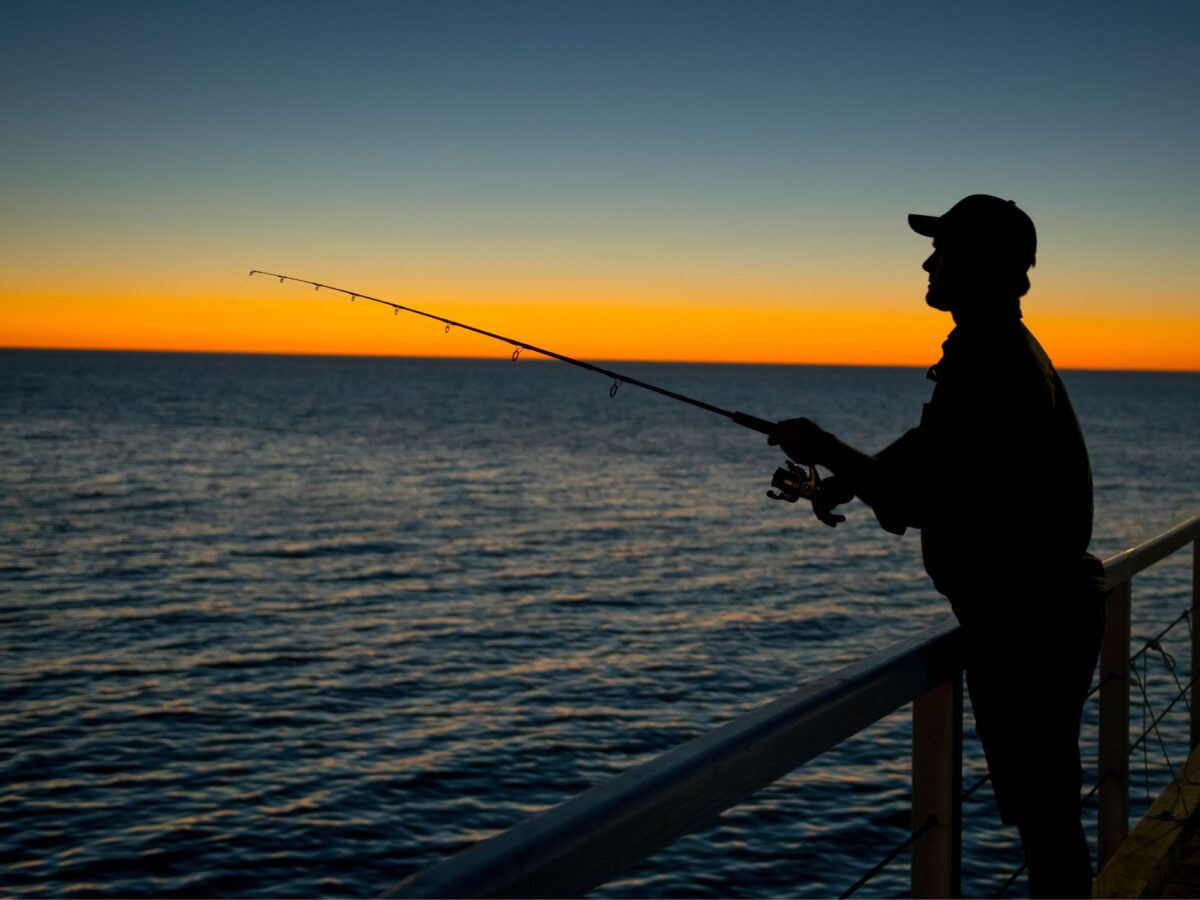
Things To Remember When Dock Fishing at Night
Going fishing is fun anytime, but it’s especially exciting at night. Here’s what you’ll need to consider if you’re fishing from a dock after sunset.